The Mineral Curse: How Your Tesla Replaced Oil Tyranny with Lithium Colonialism
The gleaming showrooms promise emission-free driving, the marketing touts a carbon-neutral future, and the sleek designs embody technological utopianism.
But beneath the polished veneer of your "green" Tesla lies a dirty secret: the electric vehicle revolution has merely swapped one extractive regime for another, creating fresh environmental catastrophes while laundering consumer consciences through the alchemy of carbon accounting. Is this salvation or resource colonialism rebranded for the climate age? You be the judge.
The Mining Mirage: When "Clean" Energy Ravages Landscapes

We're destroying the lungs of the planet to build "eco-friendly" transportation.
The lithium-ion battery powering your Model 3 or Model Y contains approximately 63 kg of lithium, extracted through processes that make oil drilling look surgical.
To be clear, most estimates suggest that a Tesla lithium-ion battery contains between 10 to 15 kg of lithium, depending on the battery chemistry and capacity. For example, a 75–82 kWh battery pack (common in Long Range and Performance trims) weighs around 450–500 kg in total, with lithium making up only a small fraction of that mass.
The rest includes aluminum, nickel, cobalt, graphite, and structural materials. The often-quoted “63 kg” figure refers to the amount of lithium carbonate equivalent (LCE) used in the production process, not the actual elemental lithium content. Since LCE is only about 18.8% lithium by weight, the real lithium content is much lower.
In Chile's Salar de Atacama, one of Earth's driest places, mining operations consume 65% of the region's scarce water reserves to produce a single ton of refined lithium.
To be clear, this figure refers to the overall water usage by mining operations in the area, not just the water required to produce a single ton of lithium. The process involves pumping mineral-rich brine from underground aquifers into large evaporation ponds, where water is lost to the atmosphere over months, concentrating the lithium.
Because the Salar is one of the driest places on Earth, with minimal rainfall and fragile ecosystems, this level of water extraction has raised serious concerns about sustainability, local agriculture, and indigenous communities. These indigenous communities watch as their ancestral lands become chemical sacrifice zones, where toxic evaporation ponds sprawl across 300 football fields of once-pristine desert .
Meanwhile in Indonesia, rainforests—the planet's critical carbon sinks—are clear-cut for nickel mining. Horizontal surface mining strips entire ecosystems to access ore deposits beneath topsoil.
The environmental calculus is grim: we're destroying the lungs of the planet to build "eco-friendly" transportation. Even Tesla's 2024 Impact Report admits that 84% of its carbon footprint comes from Scope 3 emissions, the largely unregulated upstream supply chain where this ecological devastation occurs.
To be clear, these emissions stem from indirect sources across Tesla’s value chain, primarily the upstream supply chain, including the extraction and processing of raw materials like lithium, nickel, and cobalt used in battery production.
While Scope 3 emissions are not directly produced by Tesla’s factories or vehicles (those fall under Scope 1 and 2), they represent the bulk of environmental impact due to the energy- and resource-intensive nature of mining, refining, and transporting materials.
This aligns with broader industry trends, where Scope 3 often accounts for the majority of emissions in manufacturing-heavy sectors. Tesla’s acknowledgment of this figure is part of a growing push for transparency, though critics argue that Scope 3 remains underregulated and difficult to mitigate without systemic supply chain reform.
The Recycling Myth: A Tsunami of Battery Waste Looms
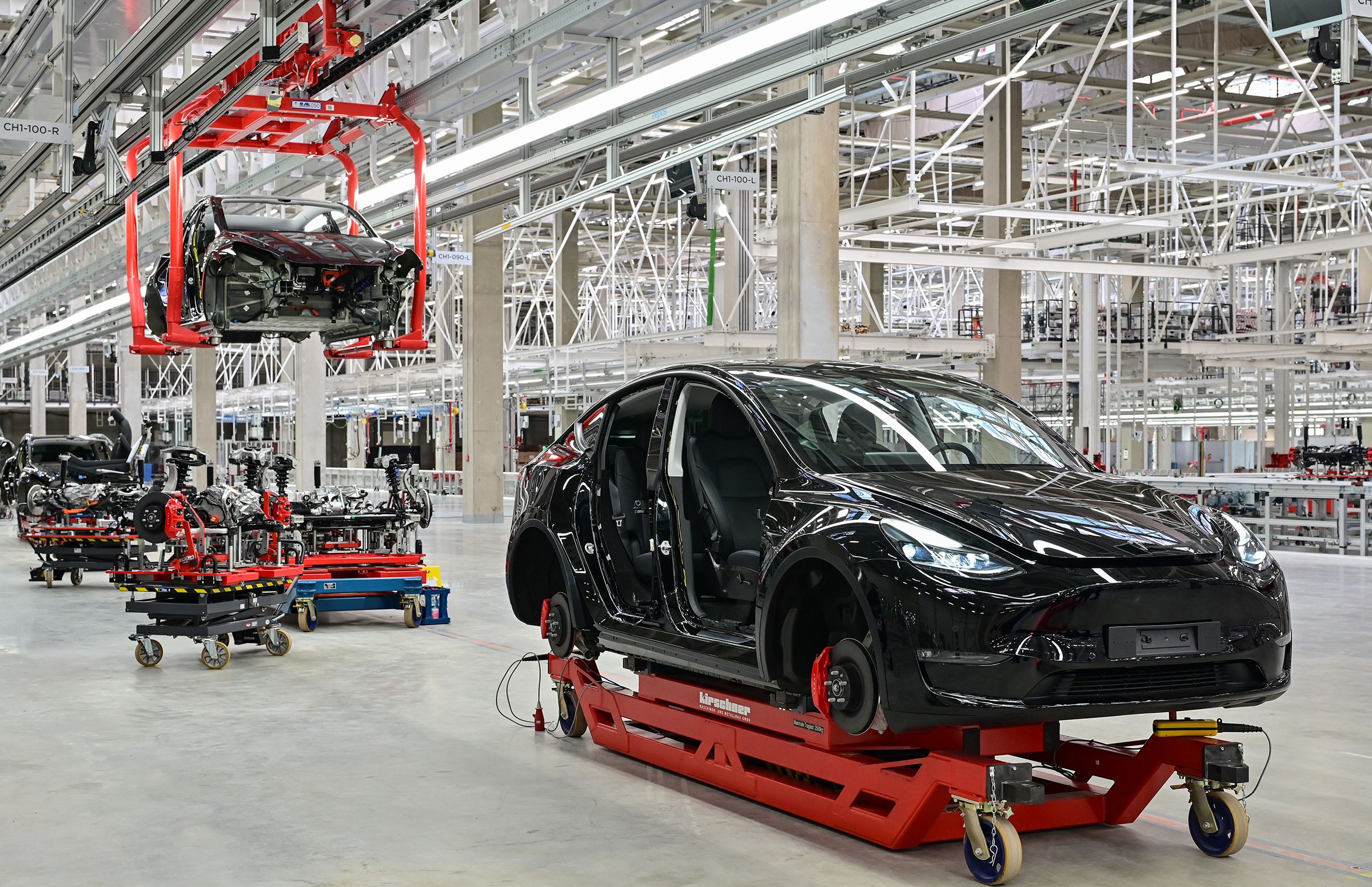
Tesla boasts a 92% battery recycling rate at its Gigafactories, a statistic that obscures a brutal reality. This only applies to batteries they directly handle, representing a fraction of the coming waste tsunami.
Globally, less than 5% of lithium-ion batteries are recycled due to technical complexity and cost . With 11 million tonnes of EV batteries projected to be discarded by 2030, we're creating a time bomb of toxic waste .
The recycling process itself is environmentally dubious. Transporting batteries from Australia to European recycling facilities increases their global warming potential by 45%. And while lead-acid batteries achieve 90% recycling rates through standardized chemistry, lithium-ion batteries vary wildly in composition, making scalable solutions nearly impossible.
Tesla's closed-loop system works beautifully on paper—until you realize most dead batteries won't reach their facilities, instead poisoning groundwater in landfills from Lagos to Buenos Aires.
Water Arithmetic: The Liquid Cost of "Zero-Emission" Driving
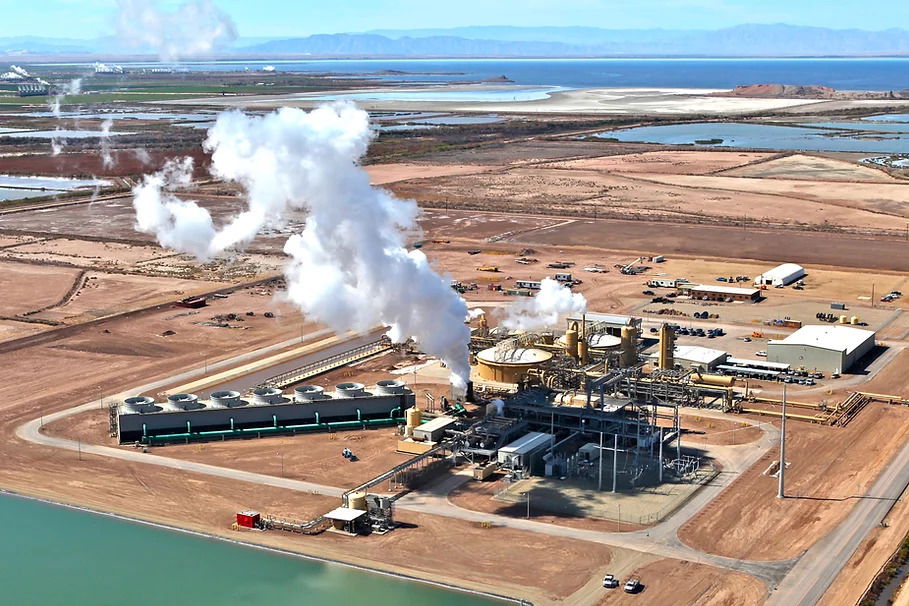
Salton Sea, California.
Protests erupted in Minyak Lhagang after a mass die-off of fish in the Lichu River.
Behind the “zero-emission” promise of electric vehicles lies a more submerged environmental cost—water. Lithium, a cornerstone of EV batteries, is extracted through brine evaporation in salt flats like those of Chile, Argentina, and Bolivia.
This method pumps brine from underground aquifers and lets it evaporate in vast ponds, consuming staggering amounts of water in arid regions. Estimates suggest up to 2 million liters of water may be evaporated for every tonne of lithium produced, often impacting local agriculture and fragile ecosystems.
Closer to home, the Salton Sea lithium project in California, touted as a major step toward domestic lithium production, has raised alarms. Its geothermal brine extraction risks contaminating precious groundwater reserves in an already water-stressed region, prompting concerns from environmentalists and Indigenous communities.
Meanwhile, even manufacturing reflects a hefty water footprint. Tesla’s Gigafactories, while more efficient than many industrial plants, still require around 2.5 cubic meters of water per vehicle produced.
That seems modest—until production scales into the millions. Then the arithmetic becomes sobering: “clean” transportation may still rely on thirsty processes. The challenge now is not just electrification, but how to make the EV revolution truly sustainable, from mine to motor.
This explains why protests erupted in Tibet when lithium pollution turned the Lichu River into a toxic stew, killing fish and poisoning farmlands.
In May 2016, protests erupted in Minyak Lhagang, a Tibetan area in Dartsedo County (Kangding), after a mass die-off of fish in the Lichu River. Locals blamed the incident on toxic waste from a nearby lithium mine operated by Ronda Lithium Co. Ltd.
Reports indicated that acidic leachate from lithium extraction, used to boost lithium recovery, had likely leaked into the river, altering its pH and killing aquatic life.
The event sparked large-scale demonstrations by Tibetan villagers, who brought dead fish to local government offices as evidence. This wasn’t the first time: a similar protest occurred in 2013, also tied to lithium mining pollution in the same river.
While the reports focus more on aquatic and ecological damage, there’s also concern that farmlands and groundwater may have been affected, though direct evidence of poisoned crops is less documented. The bitter irony is that electric cars are marketed as climate solutions while creating water refugees in the Global South.
Carbon Accounting Tricks: How OEMs Game The System
Automakers have engineered a brilliant shell game with emissions reporting.

Nearly half of an EV’s lifetime emissions come from manufacturing.
In the race to prove environmental responsibility, many automakers—Tesla included—employ accounting tactics that mask the true carbon cost of their vehicles.
A core issue lies in what’s known as “tailpipe tunnel vision.” Manufacturers often emphasize zero operational emissions from electric vehicles, celebrating the lack of CO₂ at the point of use. Yet this narrow view ignores the fact that nearly half of an EV’s lifetime emissions come from manufacturing, especially battery production, which is highly energy-intensive.
By contrast, gas-powered cars generate a larger share of their carbon output during use, which shifts the perception of EV cleanliness when considered holistically.
Another layer of complexity is how companies validate their claims of “green manufacturing.” Instead of sourcing direct clean electricity, they often rely on renewable energy certificates (RECs) purchased from far-off wind or solar farms.
These certificates don’t necessarily reflect real-time clean energy use at the factory level, creating a loophole in which companies can label their processes “zero emission” without making operational changes.
Perhaps most elusive is the issue of Scope 3 emissions. While Tesla’s reports highlight reductions in factory and energy-use emissions (Scope 1 and 2), a staggering 84% of their carbon footprint remains upstream, embedded in mining, refining, and transporting materials. These emissions, often beyond regulatory reach, remain the industry’s most convenient blind spot.
According to a 2021 article by iNSnet, producing an EV emits about 4 tonnes more CO₂ than a comparable internal combustion engine (ICE) vehicle. In other words, if an EV saves roughly 0.5 tonnes of CO₂ per year through cleaner operation, it would take about 8 years to break even—but that’s based on idealized assumptions, like 100% renewable charging and minimal driving.
However, more rigorous analyses, such as those by the International Council on Clean Transportation (ICCT) and MIT, assert that EVs typically offset their higher production emissions within 1.5 to 2 years, depending on the energy mix used for charging and driving habits. Even so, the stark, troubling reality is that in regions like India—where 61% of electricity comes from coal—that break-even point easily stretches beyond the vehicle's lifespan .
Child Labor In Your Cathode: The Human Sacrifice Zone

Amnesty International documents miners inhaling toxic dust that causes "potentially fatal health effects".
Behind every "ethical" EV battery lies cobalt sourced from artisanal mines in the Democratic Republic of Congo (DRC), where 40,000 children as young as six work without protective equipment.
To be clear, the DRC supplies over 70% of the world’s cobalt, and that artisanal and small-scale mining (ASM) accounts for up to 30% of that output. Within these informal operations, an estimated 40,000 children, some as young as six, are involved in mining activities under hazardous conditions, often without protective equipment.
While Tesla sources most of its cobalt from industrial suppliers like Kamoto Copper Company, which operates mechanized mines, cobalt from artisanal mines can enter the broader supply chain through intermediaries, making it extremely difficult to guarantee full traceability.
Tesla has acknowledged this challenge and claims to have a “zero tolerance” policy for child labor, but third-party audits and supply chain opacity limit the effectiveness of such assurances. This means that while Tesla may not intentionally source cobalt from child labor, the risk of indirect exposure remains real, and the ethical concerns are valid.
Amnesty International documents miners inhaling toxic dust that causes "potentially fatal health effects". Tesla's 2024 Responsible Sourcing Report pays lip service to auditing suppliers, yet the cobalt supply chain remains deliberately opaque, a feature, not a bug, of the EV economy.
Is this merely an oversight? Or is it colonial economics reinvented?
The Global South bears the environmental and human costs while Western consumers enjoy moral vanity. Political scientist Thea Riofrancos, Associate Professor of Political Science at Providence College, calls this "the colonial shadow of electromobility"—where lithium extraction replicates historical resource plunder under a green banner.
The Grid Illusion: When Charging Equals Coal Burning
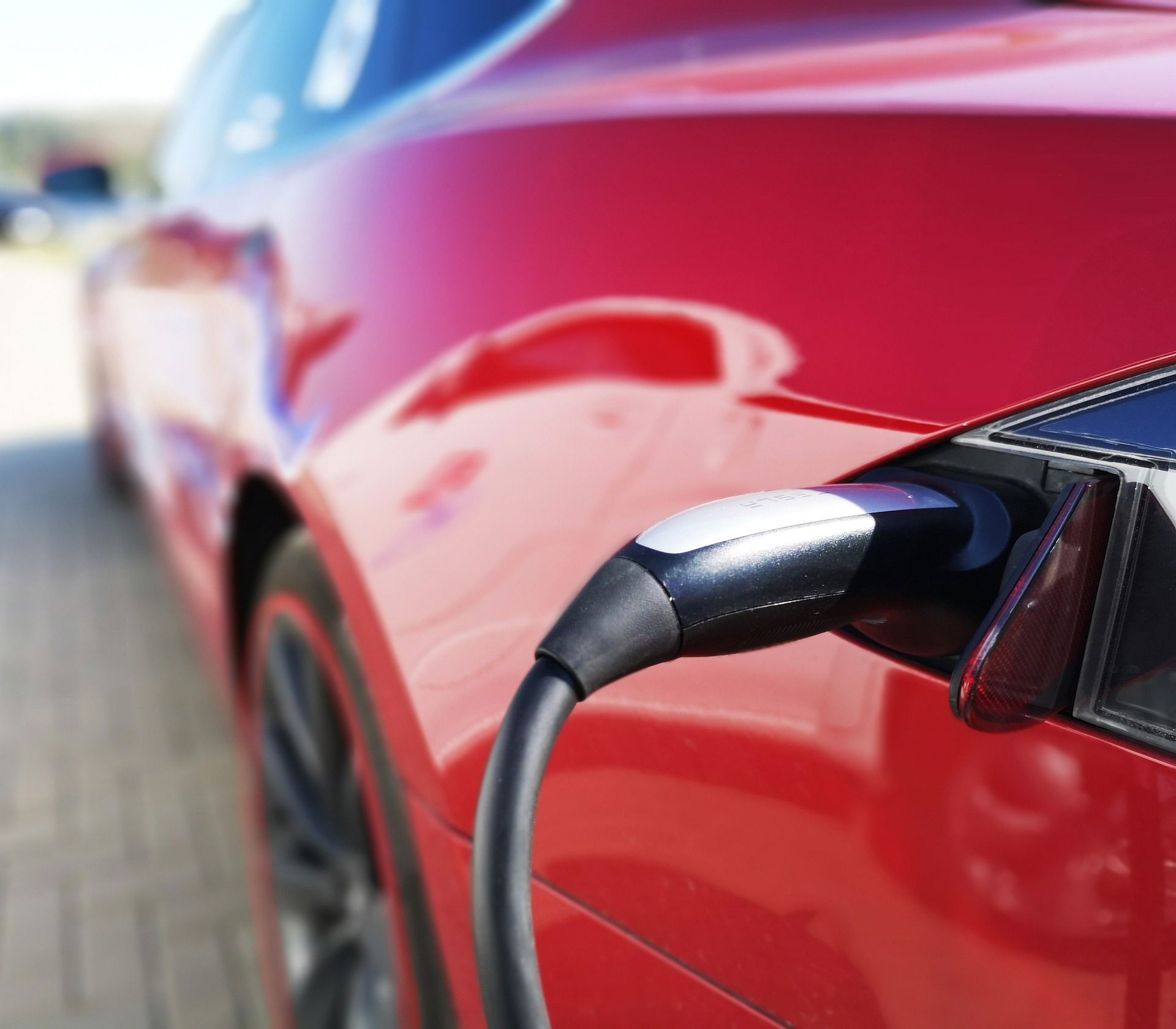
The million-plus EVs on the road have contributed to increased coal consumption.
The EPA's "zero-emission vehicle" label is perhaps the greatest marketing deception of our era. In reality, the notion of electric vehicles as “zero-emission” often masks the carbon reality lurking upstream, in the power grid.
While EVs themselves emit nothing at the tailpipe, charging them draws electricity that is far from clean in many parts of the world. In coal-heavy nations like India, grid power is so carbon-intensive that driving a Tesla Model 3 can generate 30% more CO₂ per mile than a gas-powered Toyota Corolla.
The situation improves in countries with greener energy mixes, but the illusion persists even in places like the United States, where fossil fuels still provide around 60% of electricity.
Moreover, energy systems are not infinitely flexible. Tesla’s Megapack battery installations, designed to store renewable energy and stabilize the grid, face limits when trying to offset the instantaneous spikes in demand caused by mass EV charging.
In California—often seen as the gold standard for green adoption—the million-plus EVs on the road have contributed to increased coal consumption during grid-balancing events, particularly when solar drops off at night and backup power is triggered.
So the label “zero-emission” isn’t wrong per se, but it obscures a deeper truth: emissions don’t vanish—they just shift. Until grids are decisively decarbonized, that hidden burden remains.
Beyond The Hype: Pathways To Truly Sustainable Mobility
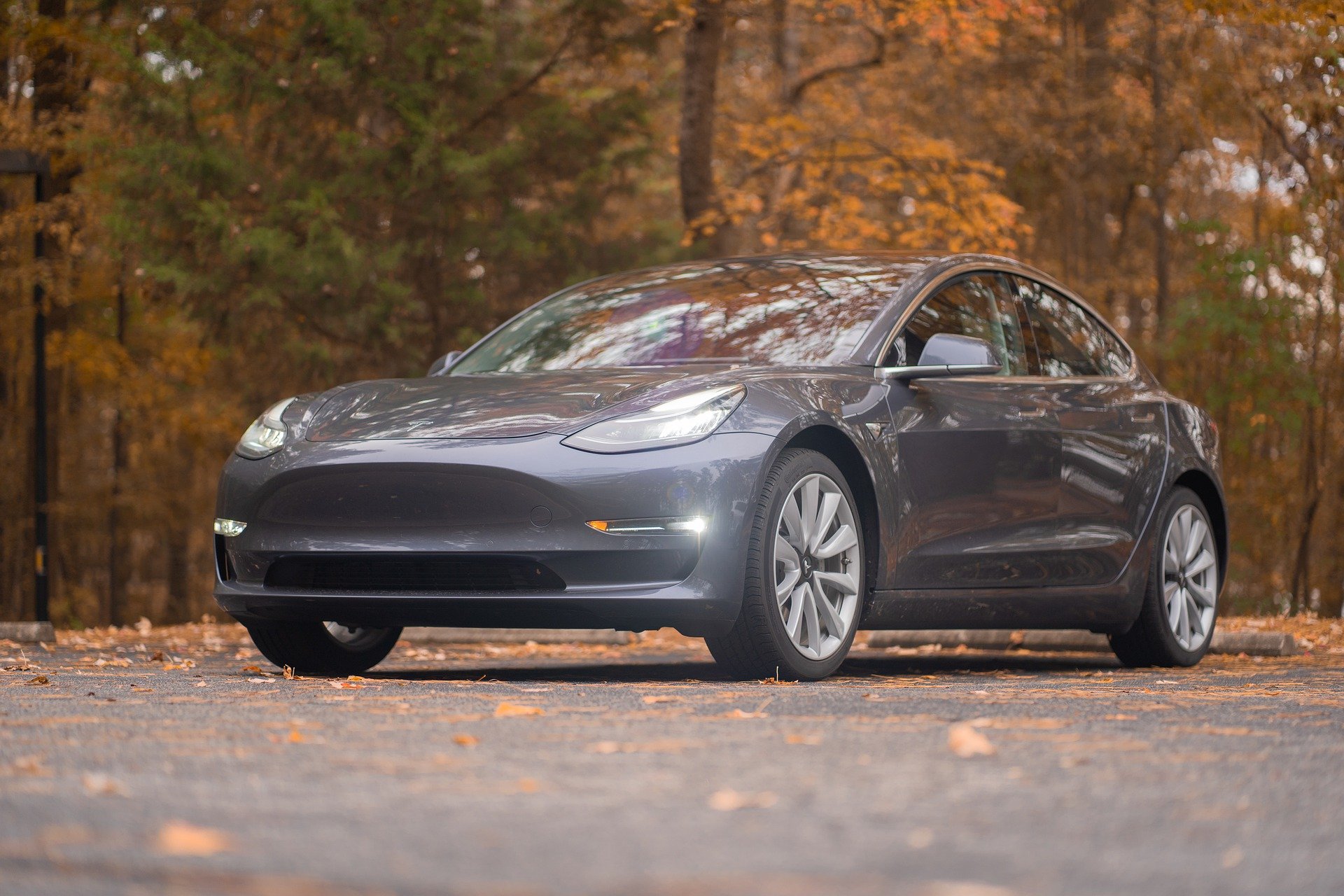
Automakers must prioritize efficiency over range wars.
This isn't an indictment of electrification but a call for radical honesty. Real solutions exist if we abandon greenwashing:
1. Vehicle Lightweighting with Biomaterials: Replacing traditional steel or aluminum components with advanced composites or bio-based materials (like hemp fiber or mycelium-based foam) can drastically cut emissions tied to both production and fuel or energy use. Lighter vehicles need less energy to move, regardless of drivetrain.
2. Right-Sizing Urban Transport: Instead of everyone upgrading to the latest EV SUV, cities could incentivize compact, ultra-light electric microcars or low-speed mobility pods tailored to short urban trips. These use a fraction of the materials and energy of traditional cars and reduce congestion while being easier to electrify.
3. Software-Defined Mobility Efficiency: Smart routing, predictive maintenance, and adaptive energy management powered by AI can make even existing fleets significantly more efficient. It's not always about the hardware; it’s about how intelligently it’s used.
4. Mobility-as-a-Service (MaaS) Integrations: Encouraging seamless connections between e-bikes, buses, trains, and carsharing via one unified app can radically reduce personal car dependency. The magic isn’t just in modes but it’s in coordination.
5. Circular Design for Disassembly: Designing vehicles from the start for easy disassembly and material recovery—down to modular batteries and clip-out interiors—enables near-total reuse at end-of-life and slashes waste in ways traditional recycling can’t.
6. Right-Sized Batteries: Thea Riofrancos chose a used Chevy Bolt specifically for its smaller battery (60 kWh vs. Tesla's 100 kWh), reducing mining impacts . Automakers must prioritize efficiency over range wars.
7. Green Mining Revolution: Vulcan Energy's geothermal lithium extraction in Germany produces zero carbon emissions. That's proof that cleaner methods exist if corporations invest.
8. Battery Passports: Tesla should implement blockchain-tracked material sourcing, proving ethical provenance from mine to showroom.
9. Public Transit Parity: Investing $1 in electric buses reduces emissions 10x more than $1 in EV subsidies by displacing far more car miles.
The Uncomfortable Truth
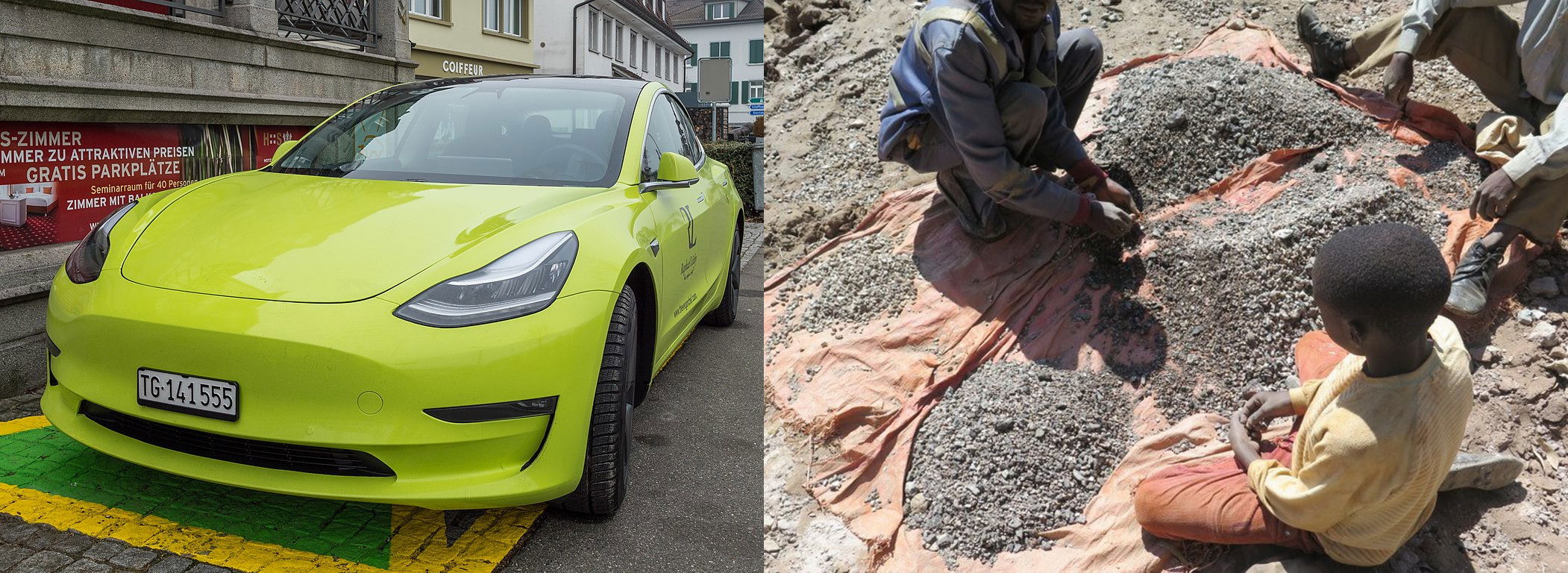
The road to hell is paved with lithium-ion batteries.
Your Tesla isn't "green." It's a 4,000-pound embodiment of compromised ethics, wrapped in recycled marketing materials. The electric vehicle, as currently engineered, is less a solution than a transfer of environmental burdens—from air pollution to water depletion, from carbon emissions to child labor.
True sustainability requires confronting hard truths: smaller batteries, fewer cars, genuine supply chain transparency, and massive investment in public transit. Until then, the EV revolution remains a planetary-scale exercise in shifting externalities, a lithium-coated placebo that makes drivers feel righteous while the planet burns. The road to hell, it turns out, is paved with good intentions and lithium-ion batteries.
.png)




